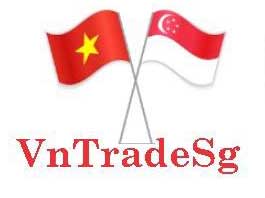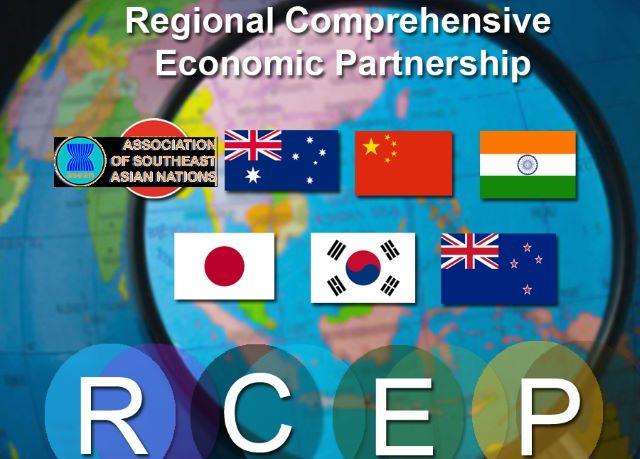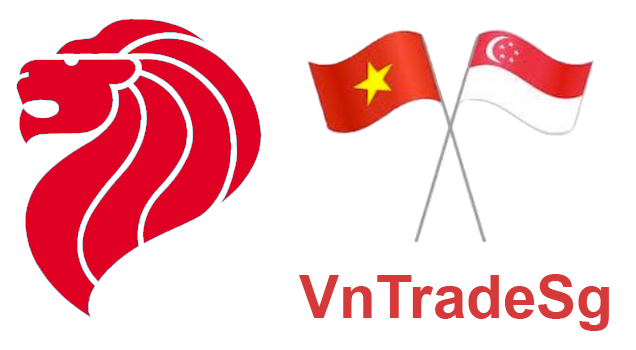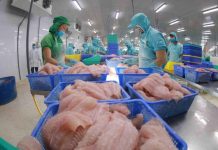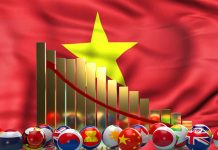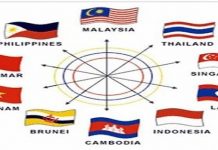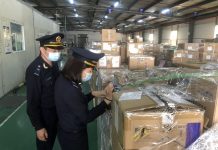The Regional Comprehensive Economic Partnership (RCEP) is the most adequate collection of highest multilateral economic agreement at the first time in the ASEAN. However, to overcome the challenges and take the success opportunities, enterprises must have the drastic measures.
RCEP is signed (on November 15th, 2020) by 15 Asia countries including 10 member countries of ASEAN and 5 partners (China, Korea, Japan, Australia and NewZealand). This is the first frame of Asia on comprehensive economic partnership. The 15 member countries account for about 30% of the world’s population (2.2 billion people) and 30% of global GDP ($26.2 trillion) as of 2020, making it the biggest trade bloc in history.
Overview, almost members of RCEP are strategic and comprehensive strategic partners of Vietnam such as Vietnam – China (comprehensive strategic partner), Vietnam – Korea (strategic partner) and all members of ASEAN are partners of Vietnam.
Moreover, the committals of RCEP are not too high such as time to implement is not too short, the special and different treatment to Laos, Cambodia and Myanmar implied to facilitate the trade and investment deal between members increasing gradually, reducing the risk from external shock.
At the beginning, Vietnam can make the use of advanced competitive products which use cheap labours to accelerate export opportunities. Vietnam has about 90% SMEs beside the big corporations that can expand their trade and investment network to other member countries of RCEP.
Vietnam had a traditional trade and investment relationship with member countries of RCEP. The issue is which part Vietnamese companies must join in the value chain in scene of extremely competition.
One of the biggest markets in RCEP is China with 1.4 billion of population. This is an emerging market economy nearby Vietnam. RCEP would pave the great way for Vietnam products export to China such as agri-food, rice, food (pork, milk). However, opportunities only came to the companies that could meet the demand of regulations, hygiene, food safety, sanitary…The volume of those products will increase in the economy structure. The trade benefit would be gained over expectation.
In the meantime, Korea and Japan has considered in connection of value chain in regional procedure network. The companies that could meet the demand of strictly standards, effective and sustainable connection would be expanded. Manufacture, electric, equipment, electronic, transport vehicles and logistic are expected to promise development.
For other partners in ASEAN, Australia, New Zealand, Vietnam need to continue strengthening trade and investment relation based on the current relation and make use of new opportunities from RCEP. In opposite, Vietnam is a big agri-food importer from RCEP’s countries, therefore it is important to think about to protect the consumer and to prepare the remedy measure to make sure that the trading is fair.
To be the frontline force to be affected directly and longevity by RCEP, Vietnam companies should realise the opportunities and challenges when RCEP is issued.
RCEP could be the measure that attracts more trade and investment deals and notices outside the region. Vietnam has a relation with partners outside of RCEP so that we can make use that resource to improve company’s ability to deeply connection.
Source: Baochinhphu
